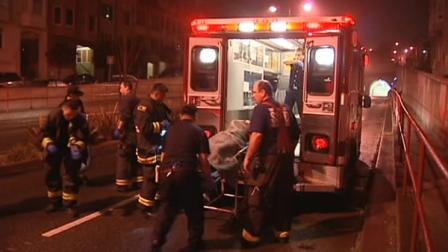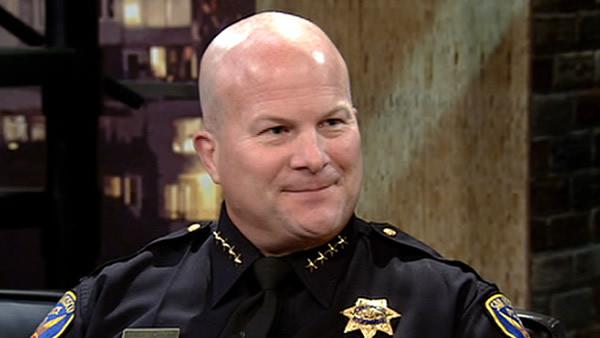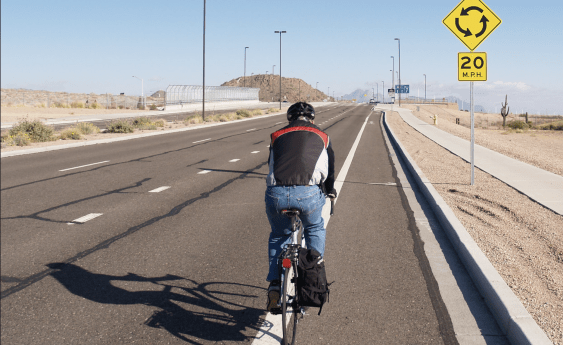Members of the SF Police Commission, a civilian body charged with police oversight, urged SFPD officials at a hearing last week to focus their traffic enforcement efforts on the greatest danger facing people walking: driver violations.

An average of three pedestrians are injured by motorists on San Francisco streets every day. As part of the city's Pedestrian Strategy to reduce the toll traffic violence, SFPD officials say they're revamping their education and enforcement efforts aimed at drivers and pedestrians, using data to target the most common causes of pedestrian crashes under a program called "Focus on the Five." All of the top five causal factors of pedestrian crashes are motorist infractions: running red lights, running stop signs, violating pedestrian right-of-way, turning violations, and speeding.
When she was nine years old, Commissioner Suzy Loftus said she was hit by a driver who claimed he didn't see her in the crosswalk at California Street and 24th Avenue. "The story ended okay for me, but I think what I've come to realize as an adult and a mother in the city is that I have a very strong feeling that enforcement is lacking, and that that's part of why drivers don't count on getting caught," she said.
Police Commission President Thomas Mazzucco emphasized the need for more effective traffic enforcement, even if it means getting officers at the understaffed department to work overtime. "In my neighborhood, it's a sport to see who will roll through the stop sign in a Range Rover while texting," he said.
In expressing her frustration that the number of pedestrians killed has increased in recent years, Loftus initially referred to the deaths as "homicides." When SFPD Chief Greg Suhr said the correct term is "fatalities," Loftus said she had misspoke.
SFPD Traffic Company Commander Mikail Ali said officers regularly "admonish" drivers who violate pedestrians' right-of-way, while also giving "tips" to pedestrians and bicycle riders to behave predictably. "They emphasize that the importance of safe driving is on the driver, the person responsible for the 4,000-pound vehicle," he said. "They have to bear the greater burden in that regard."
But Suhr, displaying the same victim-blaming attitude he espoused in his Walk to Work Day speech in May, made it a point to wag a finger at people who walk while using their cell phones, despite the complete lack of data to support "distracted walking" as an actual cause of pedestrian deaths, and the clear evidence that drivers are at fault for most pedestrian deaths and injuries. Suhr said there has recently been a 12 percent increase in "pedestrian violations" -- presumably jaywalking tickets -- while citations for drivers failing to yield have recently increased 8 percent.
"It is literally impossible to go anywhere in this city right now and sit at an intersection during the day and not have people crossing the street while completely fixated on their cell phones," said Suhr. In May, Suhr backed a Taraval Station campaign to hand out cards urging pedestrians along the 19th Avenue motorway to pay attention, lest they get hit by a driver or robbed of their cell phone.
"We're concerned that the police are blaming the victim here by focusing on walking and texting, when the data is clear," said Walk SF Executive Director Elizabeth Stampe. "The most dangerous behaviors are drivers speeding, running red lights and stop signs, and failing to yield to pedestrians."
"After almost 1,000 people were hit by cars in San Francisco last year, we hope Chief Suhr will lead the way to prevent more of these tragedies," she added. "The Chief is a strong proponent of using data to fight crime with the CompStat program; we'd like to see that same smart, targeted approach to fighting traffic crime -- and saving lives."





